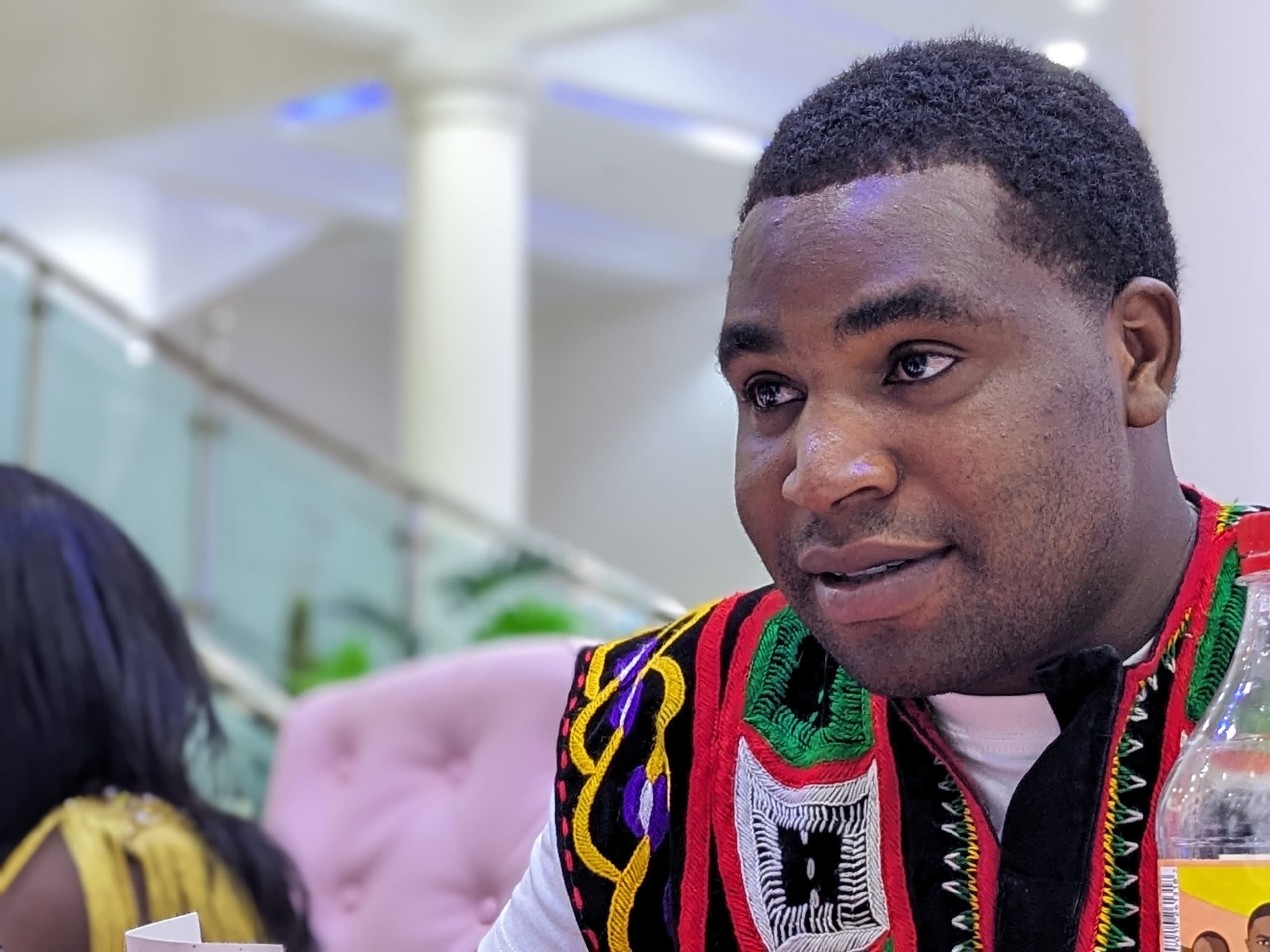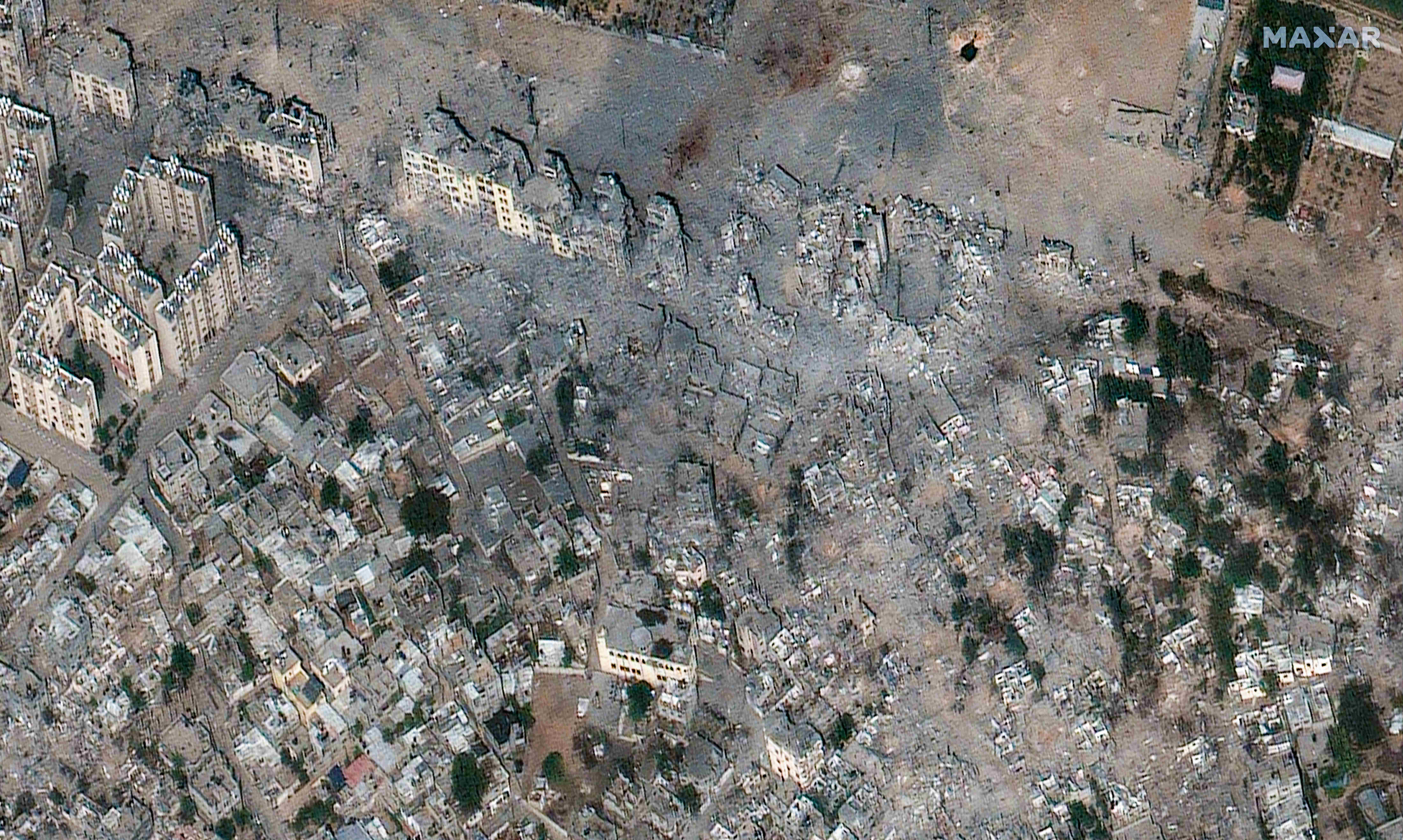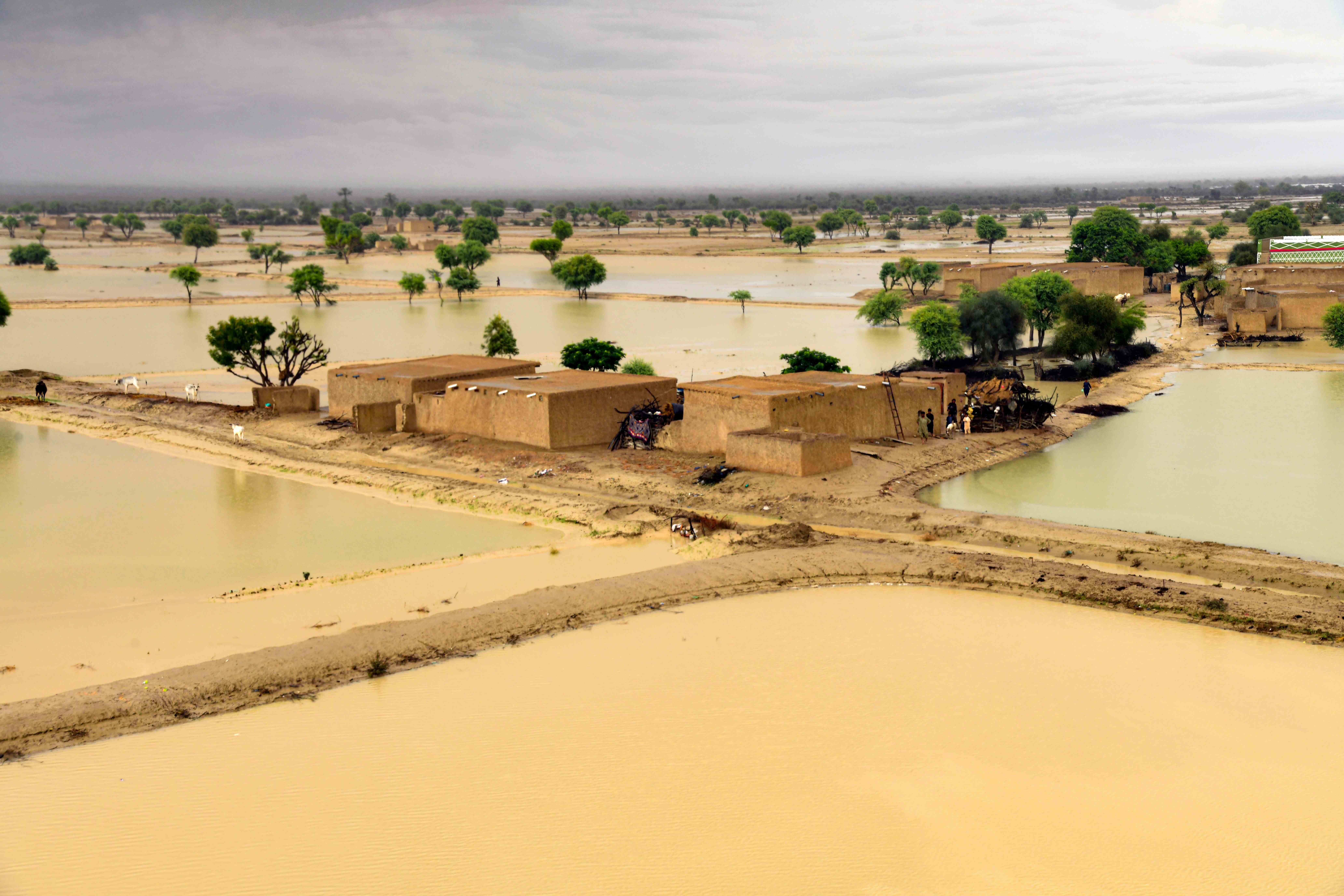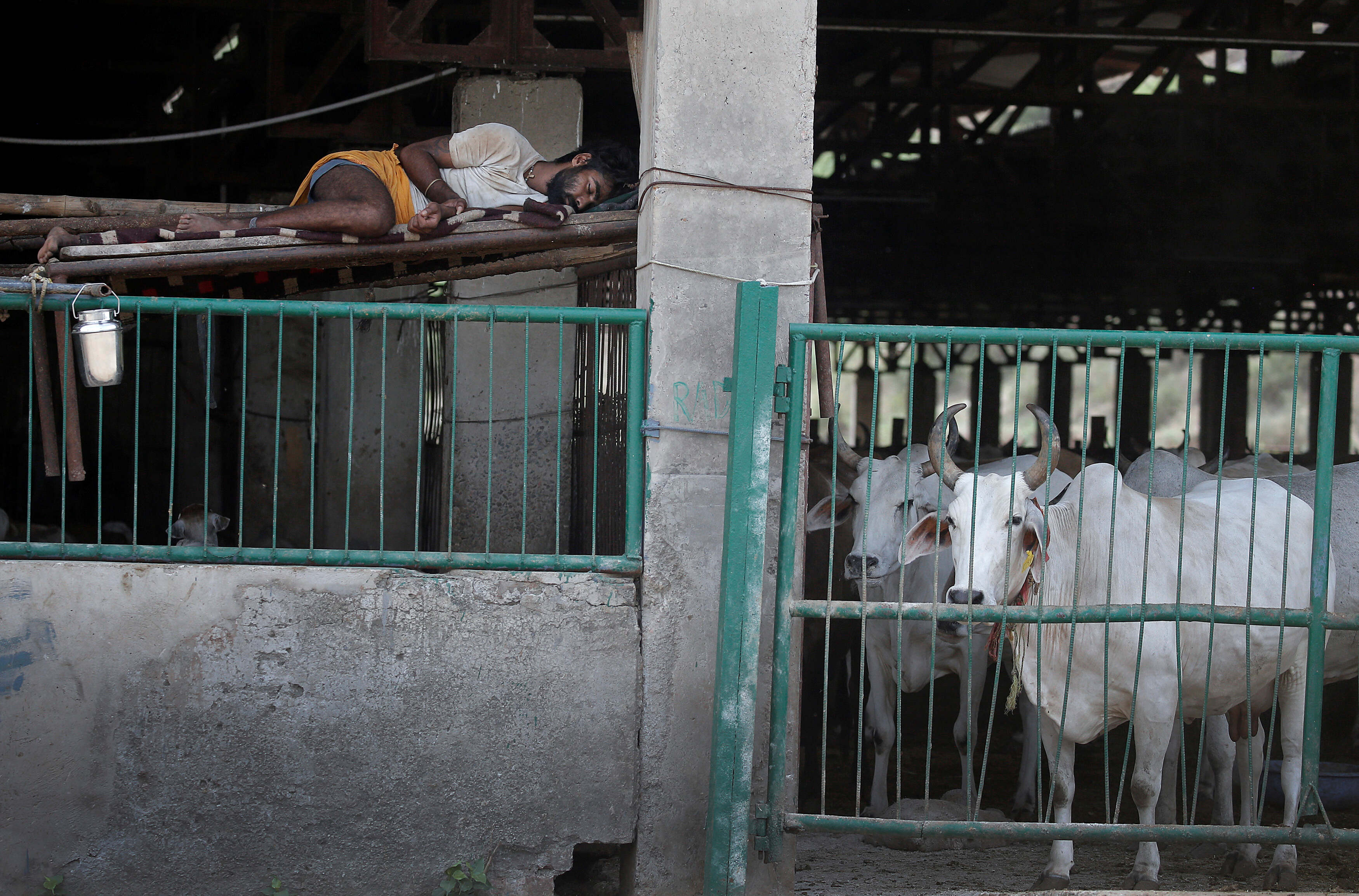أصدر معهد رويترز لدراسة الصحافة، الأسبوع الماضي، تقريره السنوي حول الأخبار الرقمية، والذي يستعرض فيه أبرز التطورات في عالم الصحافة الرقمية وتأثيراتها على الصحافة التقليدية بها.
تقرير هذا العام جاء وسط "جائحة غير مسبوقة في العصر الحديث" والتي، وحسب التقرير، فاقتها خطورة حجم انفتاح الجمهور على "نظريات المؤامرة والتضليل" مما يؤكد الحاجة إلى صحافة دقيقة وذات موثوقية.
ويستند التقرير، في جانب منه، على استبيان أجري مطلع شهر أبريل في ٦ دول حول العالم وهي المملكة المتحدة، الولايات المتحدة الأميركية، ألمانيا، إسبانيا، كوريا الجنوبية والأرجنتين، بمقارنة مع استبيان سابق أجري في شهر يناير مطلع العام، أي قبل بدء جائحة كورونا.
أبرز ما أظهره التقرير، هو تغير سلوكيات الجمهور في الحصول على الأخبار بشكل كبير وفي كافة المجالات، سواءً في المصادر التي يعتمدها الجمهور للحصول على الأخبار المتعلقة بفيروس كورونا، أو الجهات التي يثقون بمعلوماتها، وكذلك المنصات الرقمية التي يعتمدونها لمتابعة الأخبار.
في الأزمات الجمهور يعود للشاشة
عودة الجمهور لوسائل الإعلام التقليدية، القنوات التلفزيونية على وجه التحديد، كان المعطى الأهم في هذا التقرير، بعد أن بقيت المنصات الرقمية تقضم من نسبة مشاهداتها واعتمادها كمصدر للأخبار لدى الجمهور. إذ يشير التقرير إلى أن القنوات التلفزيونية شهدت، خلال جائحة كورونا، قفزة، يمكن اعتبارها كبيرة، في نسب اعتمادها كمصدر للأخبار، مقارنة بشهور قليلة قبلها.
وحسب أرقام التقرير، فإن الاعتماد على القنوات التلفزيونية كمصدر للأخبار، ارتفع بما نسبته ٥٪ في الدول الست، خلال شهر أبريل، مقارنة بالأرقام في شهر يناير مطلع العام الجاري، أي أن جائحة فيروس كورونا قد أعادت جزءا من اعتماد الجمهور على القنوات التلفزيونية كمصدر للأخبار، وبنسبة قربتها جدا من مصادر الأخبار الرقمية التي بقيت المصدر الأكثر اعتمادا كما يوضح الجدول أدناه.
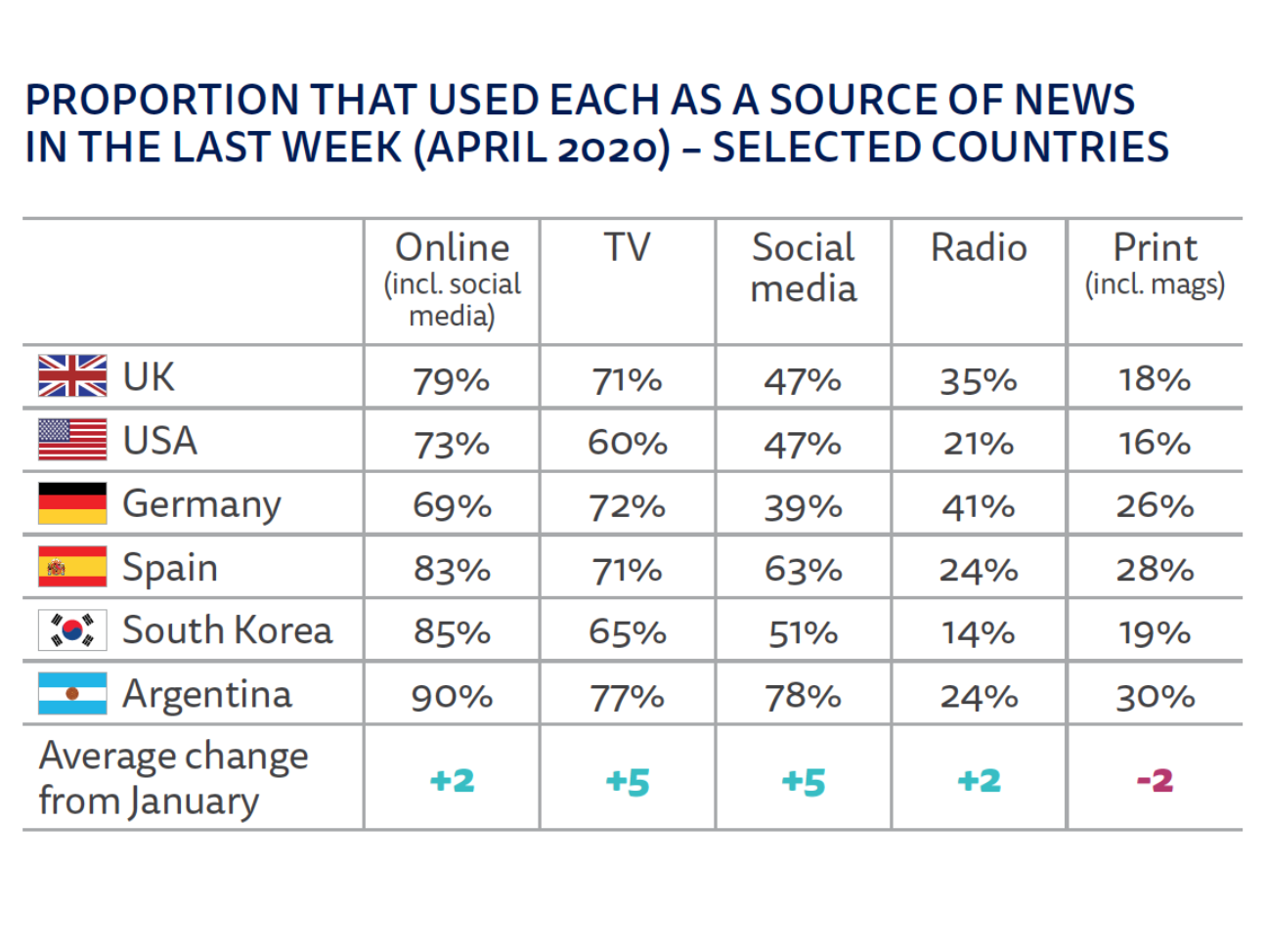
وفي بريطانيا، ارتفعت نسب اعتماد القنوات التلفزيونية كمصدر للأخبار خلال جائحة فيروس كورونا بنسبة اقتربت من ١٥٪، لا سيما بين فئة الشباب أصغر من ٣٥ عاما، إذا زاد معدل اعتمادهم على التلفاز كمصدر للأخبار بشكل كبير مقارنة بفترة ما قبل الجائحة، بنسبة بلغت ٢٥٪ من العينة. قيمة هذا الرقم تأتي من اعتبار أن هذه الفئة العمرية (أصغر من ٣٥ عاما) هي المستهلك الأول للمحتوى الرقمي بنسبة ٩٠٪ والأقل اعتمادا على التلفاز كمصدر للأخبار، إلا أن هذه الجائحة ساهمت في إعادة الجمهور من هذه الفئة إلى القنوات التلفزيونية، وربما ساهمت في جعل بعضهم ينظر لها كمصدر رئيسي للأخبار للمرة الأولى في حياته. وبالنظر للرسم البياني أدناه، فسنجد أن القنوات التلفزيونية هي الوسيلة الوحيدة التي ارتفعت نسب اعتماد الجمهور عليها في معرفة الأخبار، بين جميع الفئات العمرية في المملكة المتحدة، ما يؤكد تأثير هذه الجائحة على سلوكيات استهلاك الأخبار من قبل الجمهور.

وكانت مجلة الصحافة نوهت إلى هذا التحول صيف العام الماضي في عددها الرابع عشر "القنوات التلفزيونية.. الجولة مستمرة"، حيث ذكرت في افتتاحيتها أن شبكات التواصل الاجتماعي لم "تحسم الجولة" في منافستها مع القنوات التلفزيونية، بعد أن أثبتت الأخيرة قيمتها الدائمة والمتجذرة كمصدر موثوق للأخبار، خصوصا في الأزمات الكبرى حيث لا مجال للتضليل والتلاعب بالرأي العام سعيا للنقر (Clickbait) أو البحث عن الإعجابات (Likes). لتأتي جائحة فيروس كورونا وتؤكد على هذا المعطى، استنادا للمعطيات التجريبية التي أوردها تقرير معهد رويترز.
كورونا ترفع رصيد واتساب.. وإنستغرام تنافس تويتر كمنصة للأخبار
على الرغم من إشارة الأرقام، بوضوح، إلى ارتفاع رصيد القنوات التلفزيونية كمرجع للأخبار في جائحة كورونا، إلا أن وسائل التواصل الاجتماعي والمنصات الرقمية، هي الأخرى، حققت ارتفاعا في استخدامها كمرجع للأخبار؛ حيث ذكر التقرير، أن تطبيق المراسلات واتساب WhatsApp، حقق أكبر ارتفاع فيما يتعلق بالاعتماد عليه كمصدر للأخبار بعد جائحة كورونا، بنسبة ٧٪ في الدول التي أجريت عليها الدراسة. واستخدمت ٢٤٪ من العينة تطبيق واتساب لمعرفة الأخبار المتعلقة بفيروس كوفيد ١٩ ونشرها والنقاش حولها مقارنة بـ١٨٪ اعتمدت عليه كمصدر للأخبار في شهر يناير الماضي.
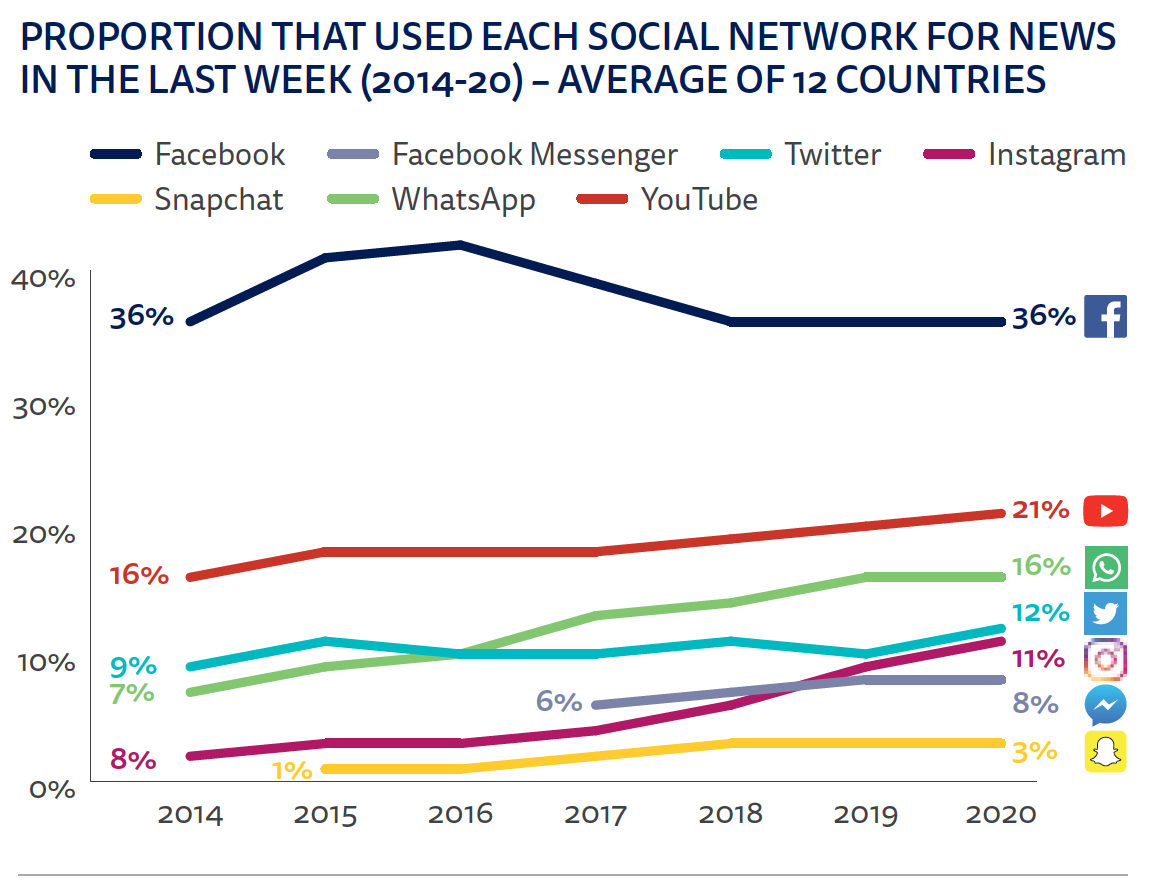
وما يلاحظ من التقرير، أيضا، أن منصة إنستغرام قد شهدت خلال الأعوام الماضية ارتفاعا مطردا في التعامل معها كمصدر للأخبار، حيث تشير أرقام التقرير، في الرسم أدناه، إلى أن المنصة اقتربت بشكل كبير من موقع تويتر فيما يتعلق بنسبة الاعتماد عليها كمصدر للأخبار. فيما بقي موقع فيسبوك متصدرا منصات التواصل الاجتماعي كالمصدر الأول لمعرفة الأخبار دون أي تغيير جوهري في السنوات القليلة الماضية.
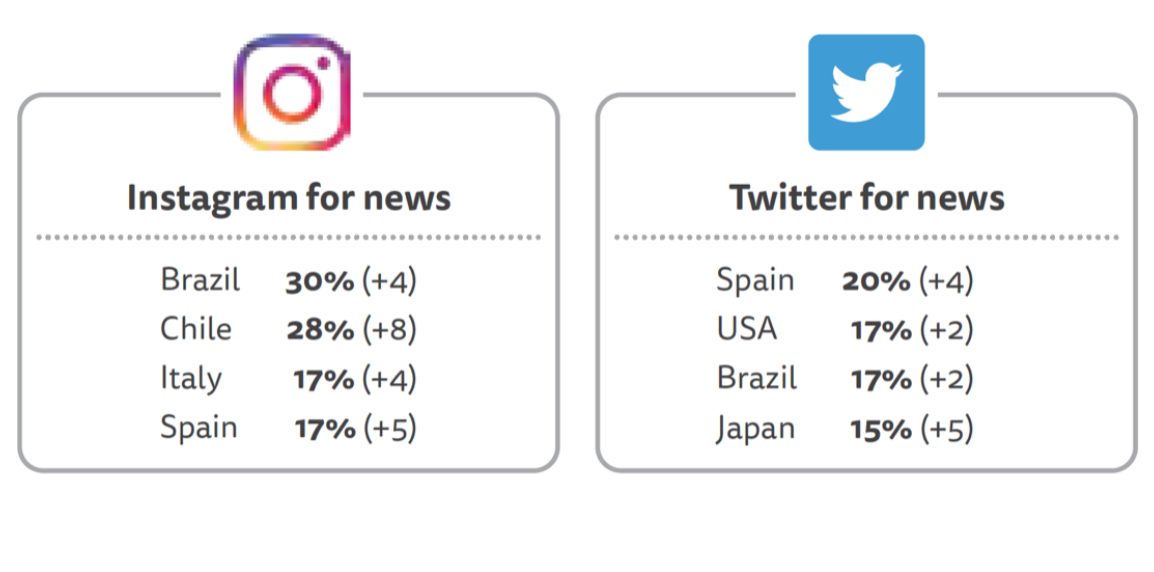
الجمهور لا يستمع للبودكاست في المنزل...
على مدى السنوات الماضية، استمر عدد مستمعي منصات البودكاست في الارتفاع بشكل ملحوظ، إلا أنه ومع بدء جائحة كورونا وإجراءات الإغلاق، الكلية أو الجزئية، التي اتخذتها معظم دول العالم، اضطر الناس إلى العمل من منازلهم والبقاء فيها فترة طويلة، وهو الأمر الذي أدى إلى تراجع أعداد الاستماع في بعض منصات البودكاست بنسبة وصلت لـ ٢٠٪، وكذلك انخفاضا في عدد مستمعي منصات الموسيقى مثل Spotify، الأمر الذي يؤكد على أن عادات الجمهور في الاستماع للبودكاست تكون مرهونة بوجودهم خارج المنزل، أي أثناء القيادة من وإلى العمل، أو خلال ممارسة الرياضة وغيرها من النشاطات الخارجية.
وسائل التواصل الاجتماعي.. ثقة هشة
على الرغم من تراجع ثقة جزء من الجمهور بأخبار وسائل الإعلام خلال السنوات الماضية، وسط اتهامات بالتحيز هنا أو هناك، أو تضليل الرأي العام لخدمة السياسيين والممولين؛ غير أن جائحة فيروس كورونا الأخيرة أعادت الثقة في قيمة الصحافة بشكل جوهري وواضح.
إذ يشير التقرير إلى أنه ومع بداية أبريل ٢٠٢٠، ارتفع حجم الثقة في الإعلام في كافة الدول عينة الدراسة، حيث أظهرت نتائج الاستطلاع وجود أغلبية مطلقة (٦٠٪-٦٥٪) بين الجمهور، تتفق على أن وسائل الإعلام ساهمت في مساعدتهم على فهم الأزمة (جائحة فيروس كورونا)، وكذلك ساعدتهم في فهم الإجراءات التي يجب عليهم اتخاذها للحفاظ على صحتهم خلال الجائحة. بينما اعتبر ٣٢٪ من العينة، أن الإعلام قد ساهم في تهويل أثر الجائحة على المجتمع.
وفيما يتعلق بمصادر المعلومات الموثوقة حول فيروس كورونا، فقد أظهر الجمهور ثقة كبيرة في آراء المختصين مثل الأطباء والعلماء بنسبة وصلت إلى ٨٣٪، وكذلك في المنظمات الصحية المتخصصة. بينما أبدت ٥٩٪ من العينة ثقتها بالمعلومات الواردة من المؤسسات الإخبارية وبنسبة مماثلة لتصريحات الحكومة الوطنية في بلدانهم.
وعلى الجهة الأخرى، أبدت نسبة كبيرة من العينة (٤٠٪) عدم ثقتها في المعلومات المتعلقة بالفيروس الواردة على وسائل التواصل الاجتماعي مثل فيسبوك وتويتر وكذلك تطبيقات المراسلة مثل مسنجر وواتساب، وبنسبة قريبة على يوتيوب أيضا. بينما كانت محركات البحث مثل Google هي الأعلى ثقة لدى الجمهور بين المنصات الرقمية، مما يشير إلى اعتماد الجمهور على المواقع الإلكترونية الإخبارية بشكل رئيسي في معرفة المعلومات المتعلقة بفيروس كورونا عند استخدامهم الإنترنت لذلك الغرض.
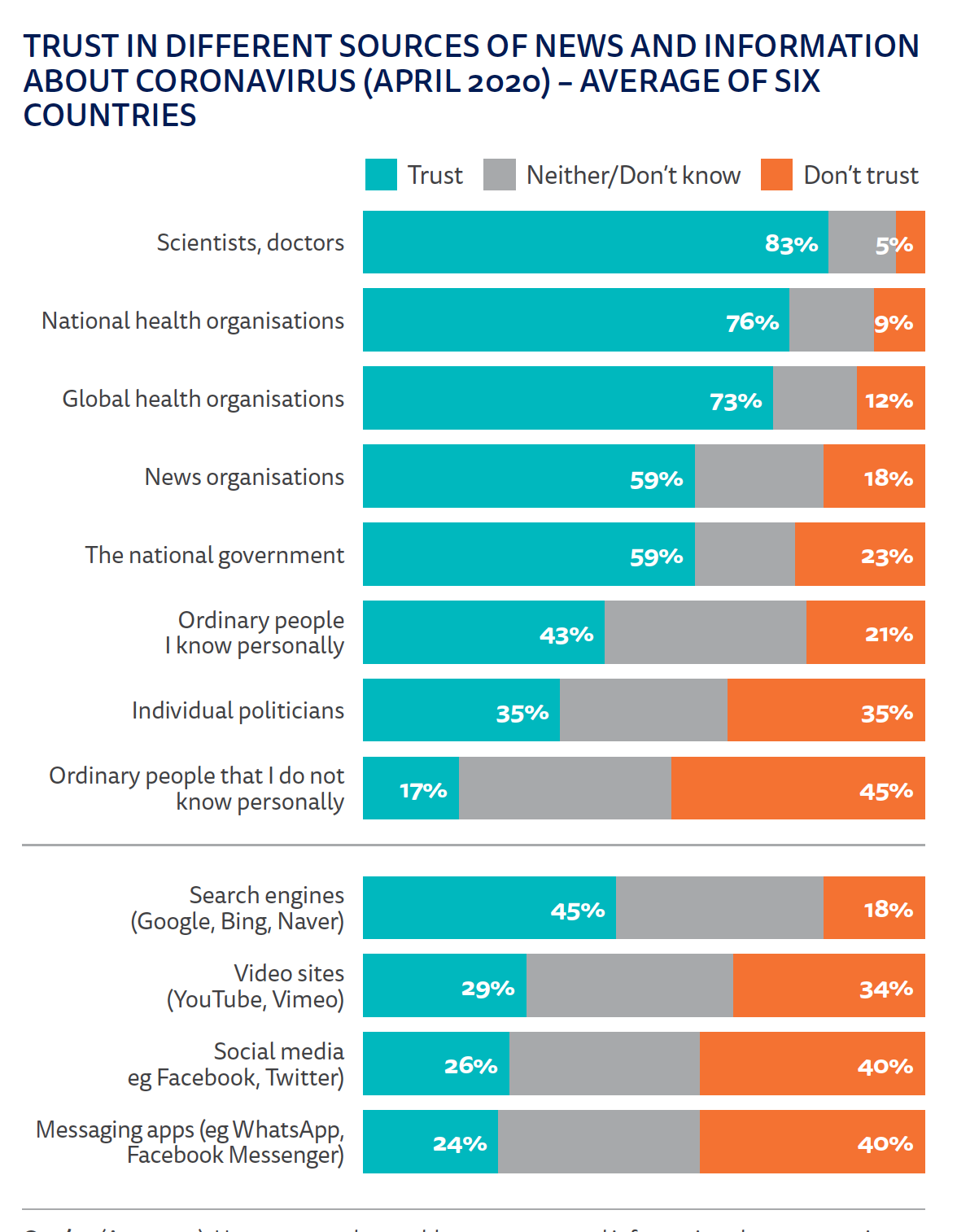
صورة المقال: REUTERS/Benoit Tessier
























